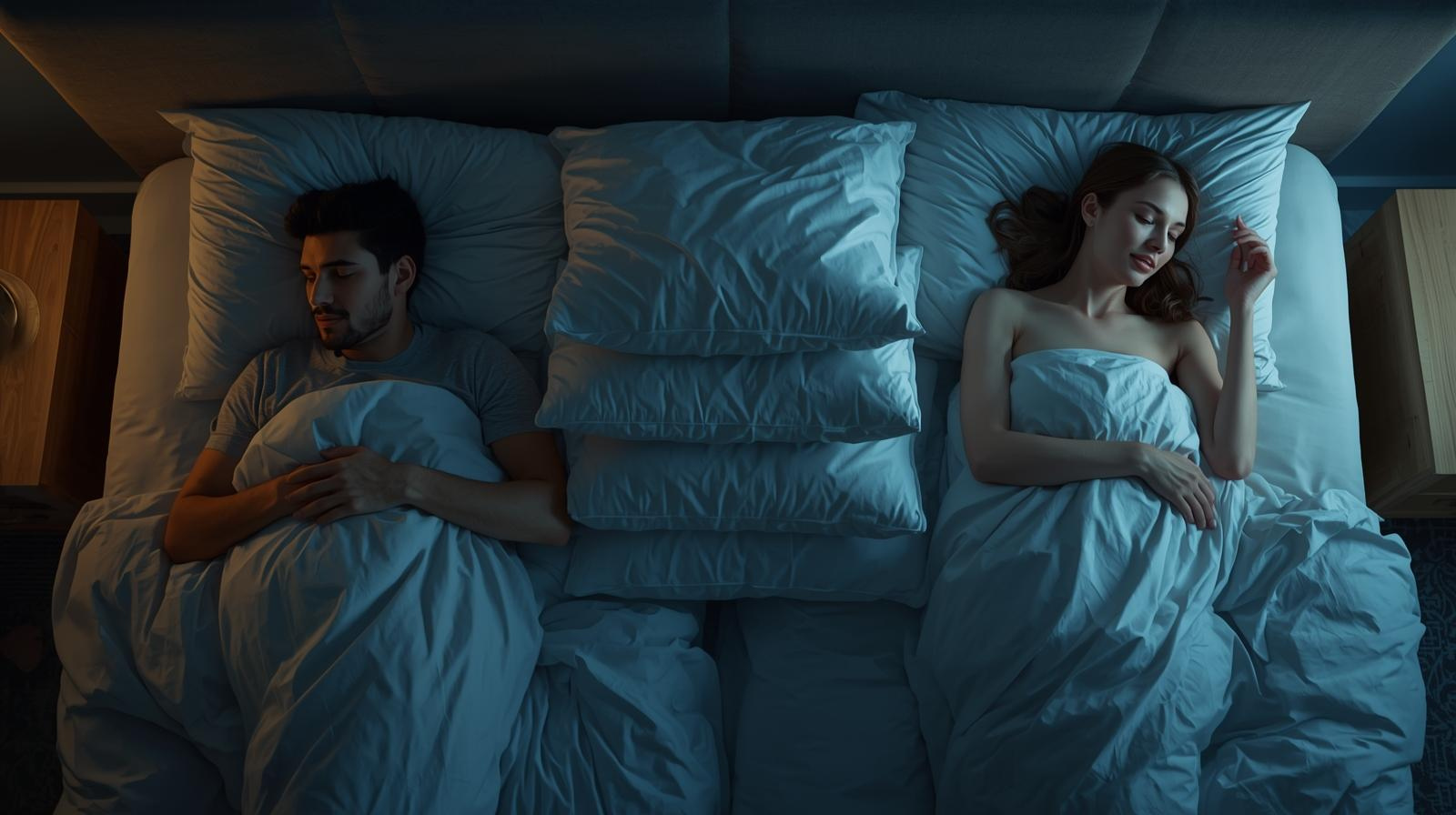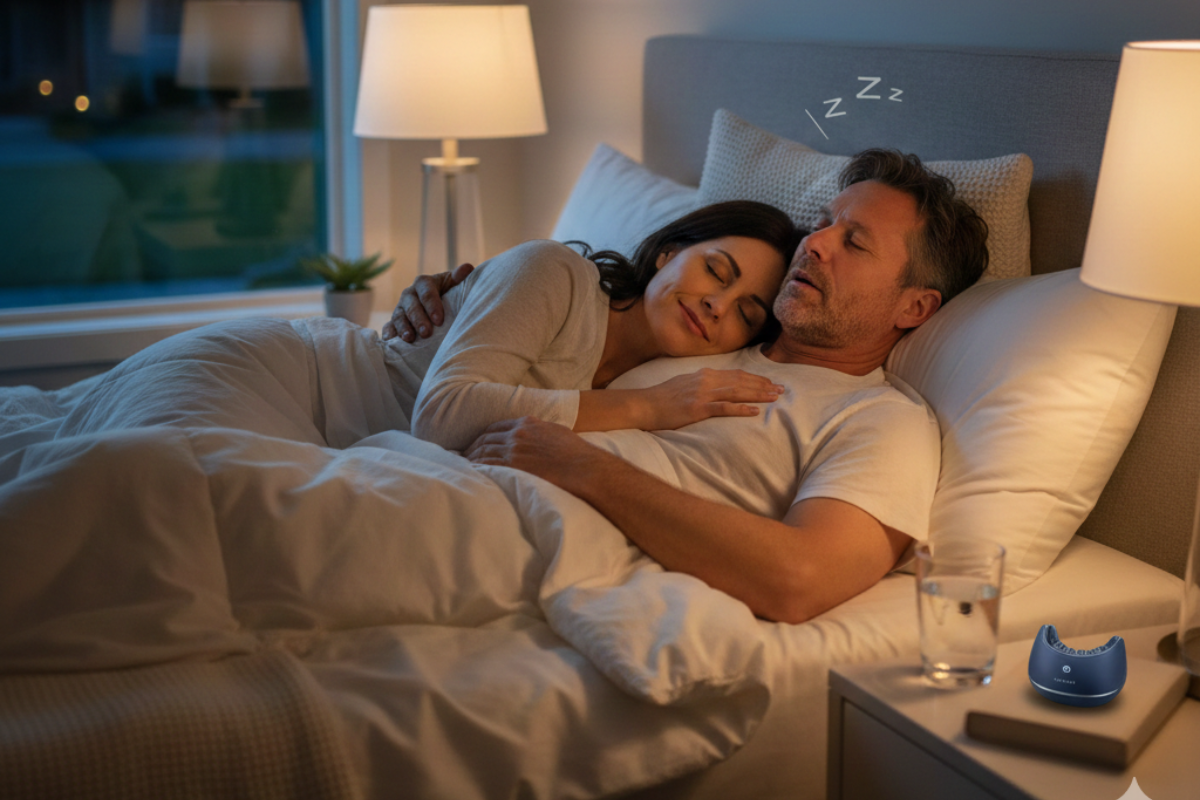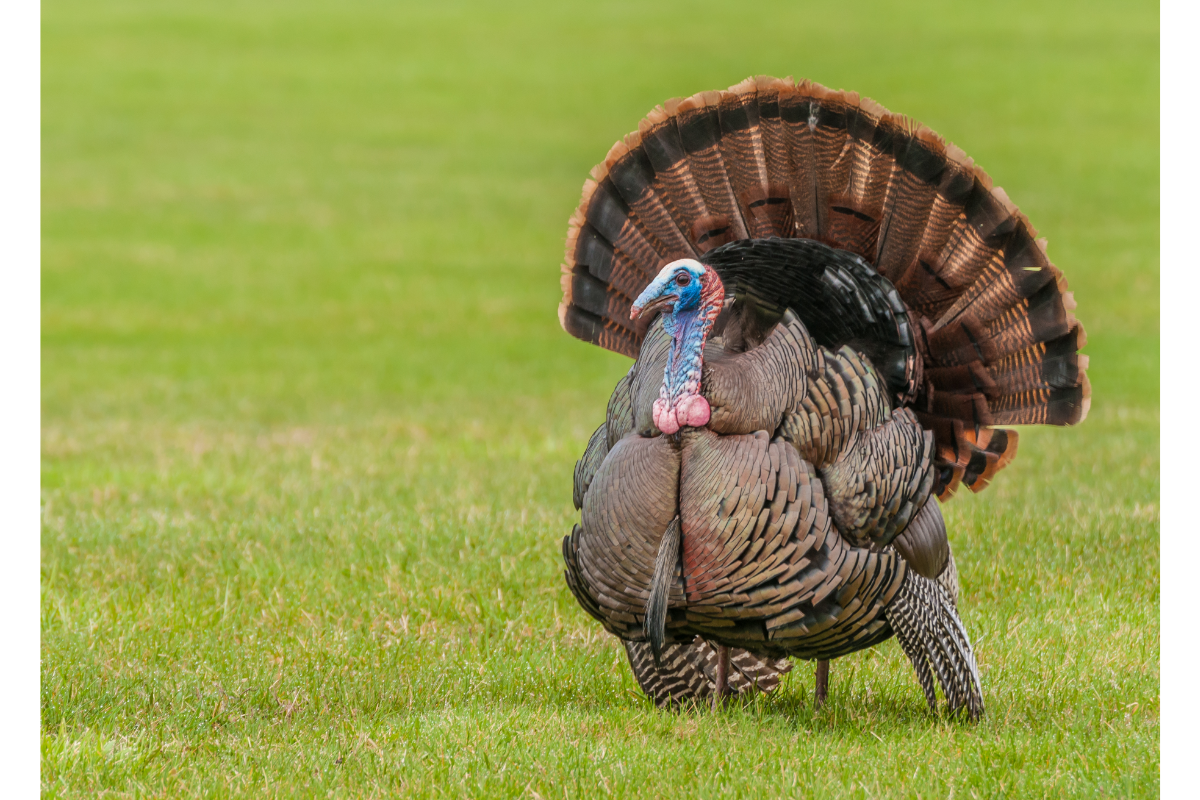Free Shipping - On Orders Over $175 (USA, Canada, UK, & AU)

How your circadian rhythm predicts productivity
March 02, 2020 2 min read
Our bodies tell us a great deal about how alert or sleepy we are. Sometimes we feel most awake at 7pm and sometimes we feel like taking a nap at 2pm. But why does this happen? Our circadian clock plays a big role in controlling our high alert and sluggish cycle.
To those who aren’t familiar with the term circadian rhythm, it’s basically our body's natural sleep/wake cycle that repeats roughly every 24 hours. Our circadian rhythm, or ‘internal clock’ is controlled by Suprachiasmatic Nucleus (SCN) cells in our hypothalamus. SCN’s respond to light and dark signals. With more light exposure, our SCN’s tell us to be more awake and raise our body temperatures, while darkness has the opposite effect.
So when is the best time to work based on your circadian clock? Optimal work times vary from person to person. On average, most people feel the most alert from 9am to noon, and from 3pm to 6pm. We typically go through sluggish dips after lunch from 1pm to 3pm, and in the late hours from 2am to 4am.
Ideally, tasks that require higher cognitive processing should be completed within an hour or so of noon and 6pm. Although most workplaces are scheduled to have deadlines due at the end of the day, it’s best to complete prioritized projects before lunch. Less important duties or tasks that require minimal brain power should be saved for the low alert times of early in the morning, around 3pm, and late at night.
Not everyone’s clock is the same, and there are ways to optimize your own circadian rhythm. Some effective and simple solutions to optimize work based on circadian rhythms is: schedule naps for low wakefulness dips, recommend different working times for your team so everyone can take advantage of their own internal clocks, and keep a consistent sleep schedule to keep your clock in sync.
Our 24 hour circadian clock may differ from time to time, or even on a daily basis. If you want to know your most alert times compared to your most sleepy, simply notice which hours are your most productive and start from there. Figuring out your personal system is a great way to get you started in optimizing your sleep/wake schedule.
References
Also in Blog

💨 Are Your Nighttime Breathing Issues Robbing You of Your Health and Your Energy?
December 12, 2025 3 min read
Breathing issues during sleep, collectively known as sleep-disordered breathing, are a major public health concern.

Is Your Snoring a Sign of Something More Serious? Unpacking the Science of Sleep
December 05, 2025 3 min read
When you snore, what's actually happening?

Can Turkeys Snore Or Get Sleep Apnea?
November 26, 2025 2 min read
Join our Insiders Club
Every week you will receive specials, discounts, and giveaways.
Categories
- Better Sleep
- depression
- Fitness
- funny animal
- Global Citizenship
- health
- Mental Health
- mouthpiece
- nutrition
- pillow
- Productivity
- relationships
- sleep
- sleep apnea
- sleep deprivation
- Sleep Tech
- snoring
- snoring humor
- snoring jokes
- snoring sounds
- stop snoring
- StopSnoringStartLiving
- technology
- Tongue displacement
- travel
- video
- Young Adult
Recent Articles
- 💨 Are Your Nighttime Breathing Issues Robbing You of Your Health and Your Energy?
- Is Your Snoring a Sign of Something More Serious? Unpacking the Science of Sleep
- Can Turkeys Snore Or Get Sleep Apnea?
- Foods from Every Food Group which Promote Sleep
- How Weather Changes Ruin Our Sleep (And How To Fight It)

